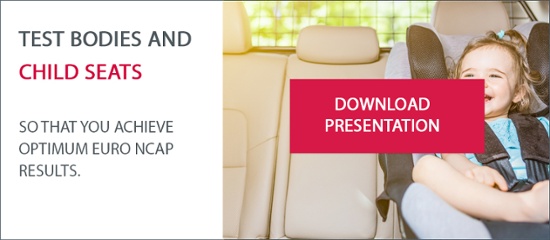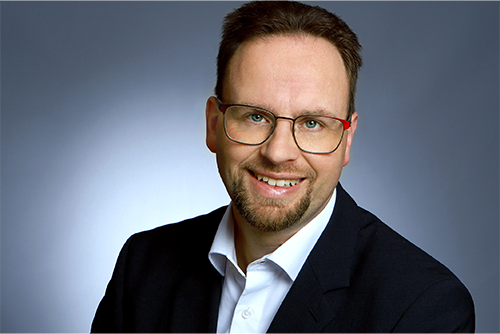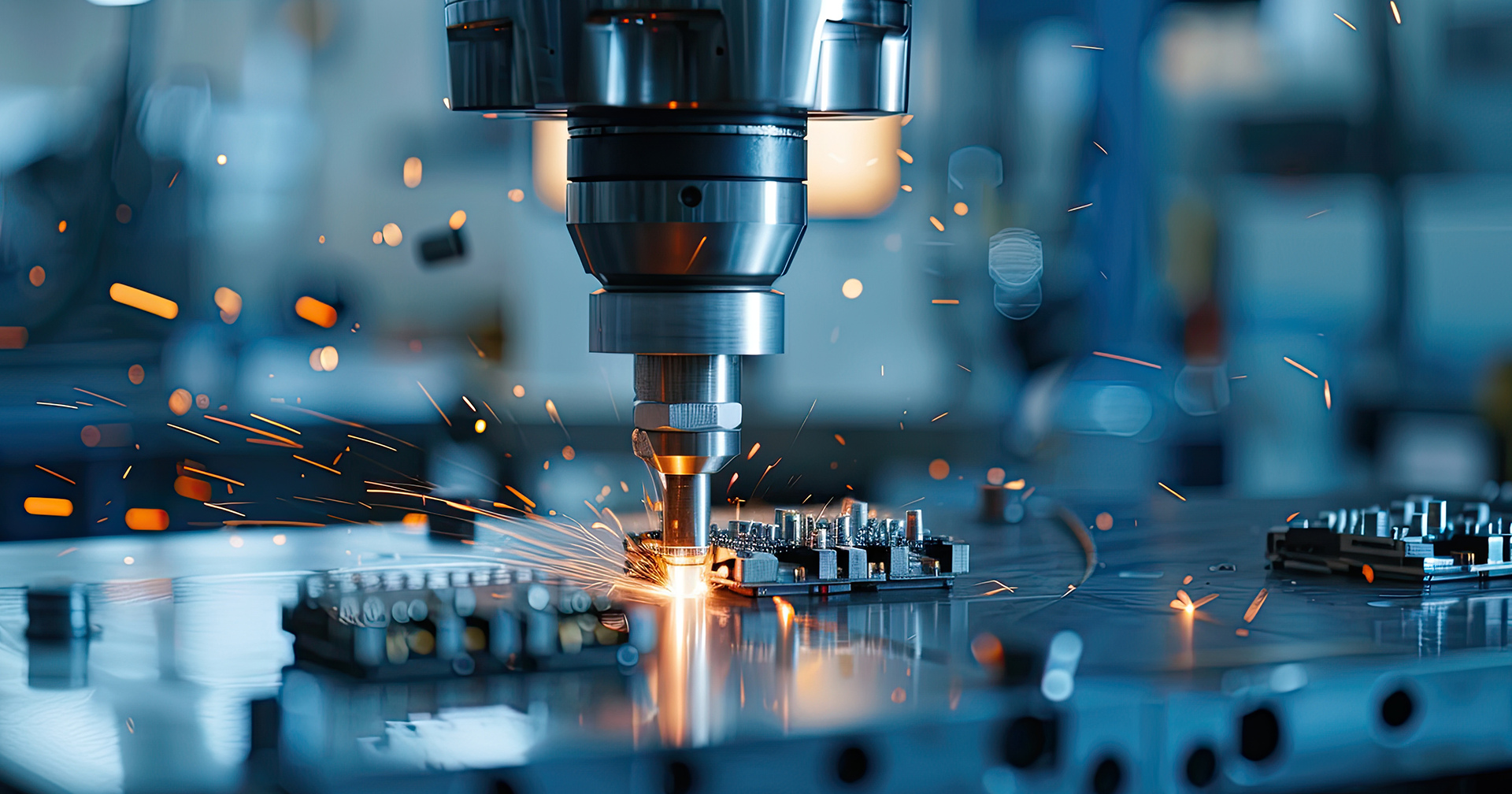Children are not small adults - this sentence is especially true when it comes to car safety. The anatomical and physiological differences to adults require special protective measures to minimize the risk of injury in road accidents for children too. A child's head is larger and heavier in relation to its body, while the neck muscles and skeleton are not yet fully developed. This increases the risk of serious injury, especially in the event of a collision. Because of this, toddlers sit in rear-facing child seats, while older children use forward-facing systems to give them the best possible protection.

The development of the proportions shows how the head size changes in relation to the body of children and adolescents between the ages of 2 and 17.
The internal organs are also less protected due to the softer structure of the ribcage and are therefore more susceptible to injury. In addition to the anatomical aspects, children are not prepared for an accident because their attention is not focused on the road.

Children are often unprepared for accidents in the car, which increases the risk of injury.
Crucially, children are less resilient than adults, which is why they must not be exposed to the same accelerations. These aspects highlight the need to take special safety precautions. Therefore child seats have been specially developed to meet these requirements and offer young passengers the best possible protection.
This is a major challenge for car manufacturers, as there are numerous child seats on the market and both legal requirements and the ratings in the Euro NCAP test significantly influence the success of a vehicle. EDAG supports OEMs with innovative 3D scans, simulations and static installation tests in order to keep development costs low even with the highest safety requirements.
The design of the vehicle provides an important basis for child safety. If, for example, the rear door or the roof frame is too close to the child seat, the child may be injured in the event of a side impact. Hard contours of the front seat must not be too close to the child in order to prevent head injuries in the event of a collision. Another challenge is to design the vehicle's restraint systems to meet the specific requirements of children. In addition, the statutory child safety requirements, which are constantly being expanded, must be complied with.RATINGS AND LEGAL REQUIREMENTS
The importance of child safety in cars cannot be overestimated. In addition to compliance with legal requirements, safety ratings from renowned institutions such as Euro NCAP are also relevant. Poor ratings can have a significant impact on sales figures. It is therefore crucial for manufacturers not only to meet legal requirements, but also to achieve excellent ratings in independent safety tests.
Euro NCAP uses child dummies for its tests, which correspond to children aged 6 and 10. Child seats from the so-called Top Pick List, which comprises 10 representative models, are selected at random. OEMs must ensure that all child seats fit perfectly in the rear seats of the vehicle and offer maximum safety. Testing is carried out both on prototypes and using CAD data. In order to achieve an outstanding NCAP rating, we offer a comprehensive range of services specifically designed to meet all requirements.

Installation inspection of a) child restraint fixture in accordance with UNECE-R16 and b) child seats on the top pick list for ratings.
OUR SERVICES AT A GLANCE
Static child safety
- Installation tests with legal child restraint fixture and child seats from the Euro NCAP Top Pick List:
- Determination of the seat position by means of its own H-point manikin (HPMtea), also for "autonomous" seat positions
- Virtual, based on CAD data or in hardware directly on the prototype or vehicle
- For securing forward-facing and rear-facing child seats
- Digital recording of the interior including child restraint fixture using 3D scanning:
- Feedback of the recorded hardware data into common CAD systems
- Detailed analysis and optimization of seat and safety positions
- Legally compliant design and positioning of ISOFIX restraints and top tether anchorages:
- Design and rigidity calculation to ensure the highest safety standards
- Checking the distances to peripheral components:
- Distances to components such as door panels and headrests
- Development of proposals to optimize safety and ergonomics
- Support in the development of measures for vehicle series:
- Consistent and efficient safety solutions for vehicle series with identical components
Dynamic child safety
- Calculations for occupant protection and design of the restraint systems based on CAE data:
- Detailed calculations to optimize the safety systems
- Crash tests:
- Planning, execution and evaluation of data from sled and complete vehicle tests
- Detailed data analysis:
- Transfer of crash data to common calculation programs
- Development of optimization proposals based on in-depth data analysis
- Optimum NCAP crash performance:
- Our measures ensure that our customers achieve excellent crash performance for all child seats tested by Euro NCAP
In the research project "RegScha", a seat shell for child car seats was developed that not only meets safety standards but is also made from sustainable materials. Read more about this in the use case regenerative seat shell: "RegScha". After the initial development, specific challenges in processing the bio-polymer matrix were successfully resolved by implementing technical optimizations and collaborating closely with research institutions. The aim of this further development is to improve the efficiency of material processing and product performance. Research is being continued in cooperation with industrial partners in order to further increase both the safety and ecological sustainability of the materials used.
What comes next?
The use of new technologies and the expansion of existing systems can significantly improve child safety in cars. Occupant Monitoring already makes it possible to track the driver's driving behaviour and fatigue and will be used in future to determine the exact position or activity of the child.. Modern car seats have weight sensors that can detect an installed child seat and automatically deactivate the front passenger airbag in such cases. With the help of intelligent sensors and cameras, it will be possible in future to monitor whether a child is in the vehicle (Child Presence Detection) in order to prevent children from being forgotten in the car. In addition, Advanced Driver Assistance Systems (ADAS) could be directly linked to child safety systems in order to automatically activate or deactivate new safety systems in the child seat and restraint systems in the event of an impending accident. Systems such as brake and lane departure warning systems already make a significant contribution to preventing accidents. In addition, child seats with integrated airbags are already available, which offer additional protection for the child's head and neck area and further reduce the forces acting on the child in the event of an accident.

A child in a future child seat, surrounded by advanced safety systems that monitor both position and well-being.
These developments underline how modern technologies are continuously improving child safety. To keep up with these advances and ensure the highest standards of child safety, EDAG is your ideal partner. We support you with our expertise and the necessary equipment, because children are not just small adults.
FURTHER INFORMATION AND DOWNLOADS
Do you need support in optimizing child safety in vehicles? Our vehicle safety team leader, Ingo Jatzek, will be happy to discuss any questions you may have and show you the benefits of hardware testing and calculation from a single source. Simply write to us at kisi@edag.com.
If you are interested, click on the link below to see our portfolio of child seats and restraint fixtures. It provides a comprehensive overview of the many aspects that need to be considered when developing safety systems in vehicles.






